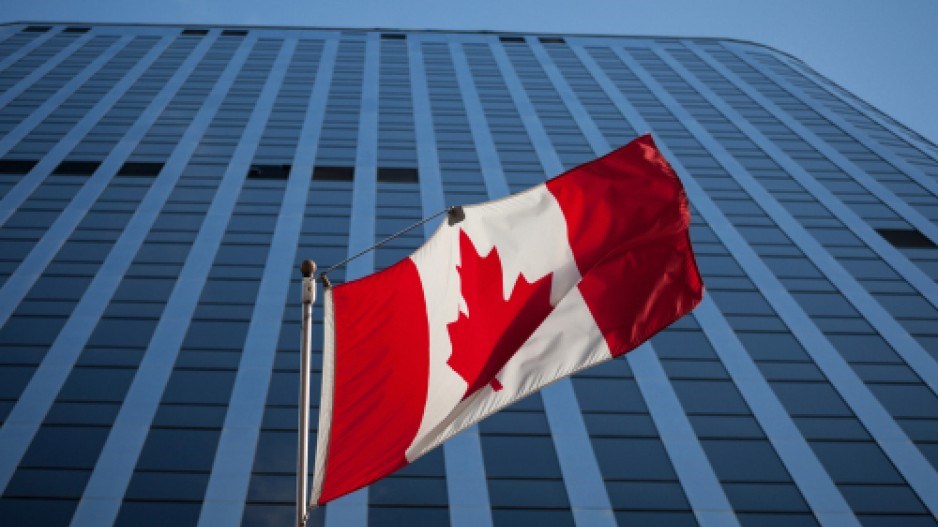What Happened: This week’s budget was not the tax overhaul some were hoping for.
What it means: If investment hasn't been leaving Canada as a result of U.S. tax cuts how should policy makers reform Canada's tax act.
In the wake of recent U.S. corporate tax cuts and the threat of a slowing economy on the horizon, businesses and industry groups fear that business investment will go the way of Canadian snowbirds come winter. Many were anticipating that this budget would tackle competitiveness concerns by lowering both personal and corporate taxes.
“This was a squandered opportunity,” said Joy Thomas, president and CEO, CPA Canada. “There is a groundswell of support for a full-scale tax review in Canada.”
One of the few tax changes made in the budget was the treatment of stock options. People earning more than $200,000 a year in stock options will now face a higher tax rate more in line with the rates paid on other types of income. The effect this will have on Canada’s technology sector is a concern, especially in places like Vancouver. Many startups use stock options in lieu of salaries.
But not everyone thinks that wide-ranging tax changes were necessary. Kevin Milligan, economics professor at the University of British Columbia, agrees that the tax code needs to be reviewed and improved. However, he sees it as an ongoing process. Milligan said that continually picking off and fixing smaller aspects of the tax code is a better path to reform than wholesale changes made by a tax commission.
In fact, roughly a year out from the U.S. tax changes and the Trans Mountain Pipeline appeal court decision, we have yet to see the large-scale investment exodus some had feared. Investment far exceeded survey expectations in both 2017 and 2018. Corporate capital expenditures rose by 2.5% in 2018, more than three times the 0.8% anticipated.
“U.S. tax reform does not appear to have had an impact on investment in Canada,” said Juan Manuel Herrera Betancourt, economist at Scotiabank Economics. “The main driver of the fluctuations in Canadian investment in recent years has been the ups and downs of the commodities.”
In 2019, Statistics Canada is expecting a third consecutive year of capital spending growth in Canada of 2.5%. This projection exceeds that of Scotiabank and the Bank of Canada. If Statistics Canada is correct, foreign direct investment (FDI) could contribute an additional 0.1 percentage point to the country’s GDP, potentially increasing economic growth by 5%.
Not only is business investment expected to continue to grow in 2019, but the private sector is likely going to do most of the heavy lifting when it comes to maintaining the country’s growth, according to Statistics Canada. Private investment is projected to accelerate by 2.8% in 2018, double the increase of 2017 and four times that of 2018’s 0.7% growth rate.
On the other hand, public sector investment is expected to fall to 2% in 2019 from 5.9% in 2018.
“Despite the unnerving net outflow seen in recent years, digging into the details reveals a somewhat less dire reality,” Douglas Porter, chief economist for investment banking company BMO Capital Markets, said in a report released last year.
Canada had $51.3 billion in foreign direct investment (FDI) in 2018, representing more than 2% of gross domestic product and surpassing the countries long-term median inflow of FDI. Since 2015, Canada’s FDI has fallen below the median for only three quarters and has never dropped below 1.58%.
The large swings in FDI during this period were largely the result of fluctuating oil prices and their effect on investment in the oil and gas industry. But Canada is not alone.
“This is not exclusive to Canada, investment in the US also recovered strongly with the bounce-back in oil prices,” said Betancourt. The Canadian oil sector is, however, now facing transportation issues given delays in the expansion of pipeline capacity, which is having a negative impact on investment in the sector.”
But the decline in oil and gas investments has not spread to other parts of the economy. In fact, capital spending in the mining, gas, oil exploration, utilities and construction sectors is expected to rise in 2019 after falling in 2018.
Although the budget did little to address competitiveness concerns, the fall economic update released in November took some steps to synchronize the effective tax rate on investment by allowing for the immediate expensing of equipment purchases. Canada now has a lower tax rate than the U.S. by almost 5%, according to Ian McKay, CEO of Invest in Canada. However, Betancourt said, it is still too early to see what kind of effect this measure has had.




